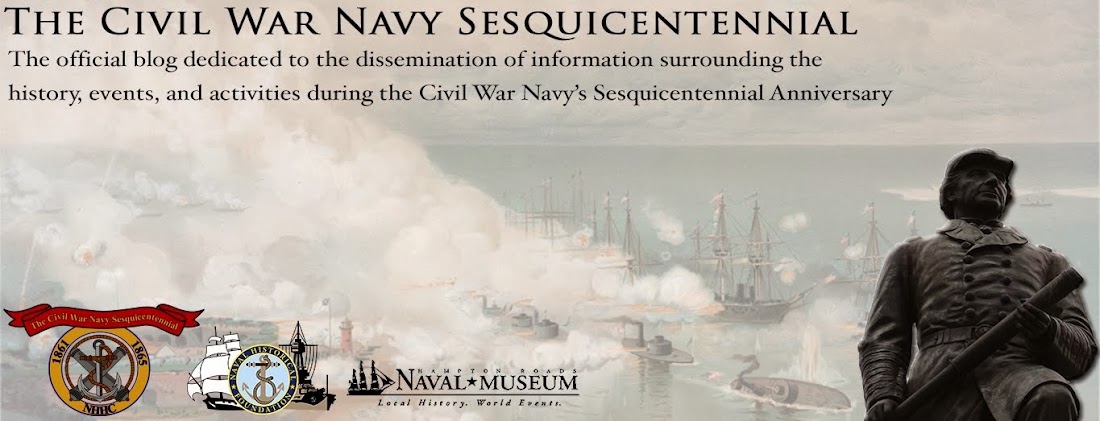Polk had placed a significant portion of his force on the western Missouri bank near Belmont, where several regiments of infantry made camp. On the eastern side of the river towered the bluffs of Columbus, Kentucky. Atop those bluffs stood several heavy artillery emplacements, and through their elevation and the protection of more Confederate infantry in on the Kentucky shore, these guns controlled navigation on the Mississippi River. The range of the rebel artillery was even great enough to reach across to Missouri and well upriver. Grant wouldn't attack the Confederate positions at Columbus, instead he planned to assault and capture the rebel force isolated on the western shore.
Grant's 3,000-strong army was ferried by five transports south from Cairo, and escorted by the timberclads Lexington and Tyler. Grant disembarked upriver (northwest) from Belmont on November 7th, and led his men eastward and overland for a surprise attack. After sharp fighting that morning, Union troops occupied the Confederate encampment while routed enemy troops fled to the river bottoms.

At the same time Grant fought on land, Commander Henry A. Walke took the Lexington and Tyler downriver to duel the Confederate shore batteries. The first two encounters were brief, and though both sides exchanged heavy fire, no damage was done. The third duel, however, resulted in one Union sailor killed and two wounded. The Tyler even sustained damage from at least two hits. Walke realized his pair of steamers could do little to silence the bluff batteries, and though the timberclads diverted Confederate attention, the Union naval commander withdrew upriver to defend the idle troop transports.

But Union victory on land was not complete. Grant's raw troops became disorderly after their victory, and General Polk took advantage of the confusion to transfer fresh brigades from Columbus to Missouri. The Confederates attacked Grant's confused force, and the U.S. contingent made a fighting retreat to their original landing area. As Grant's men converged on the waiting transports, Polk's infantry swarmed closely behind and threatened to capture the Union army before they could depart.
Commander Walke, seeing Grant's perilous situation, maneuvered the Tyler and Lexington into firing positions and raked the closely grouped Confederates with grape, canister, and shell. The effect of the naval bombardment was great enough to halt Confederate momentum. The timberclads bought just enough time to ensure Grant's escape. Both armies suffered 600-700 casualties. Who won the Battle of Belmont? It's hard to tell, but both sides claimed victory.

Though this wasn't the first naval action in the West (the timberclads had traded a few shots with the C.S.S. Jackson in September) it was the first major engagement for the riverine fleet. More important action would quickly follow.
Sources
- The Timberclads in the Civil War: The Lexington, Conestoga and Tyler on the Western Water, by Myron J. Smith, Jr.
- The Battle of Belmont: Grant Strikes South by Nathaniel Cheairs Hughes, Jr.

No comments:
Post a Comment